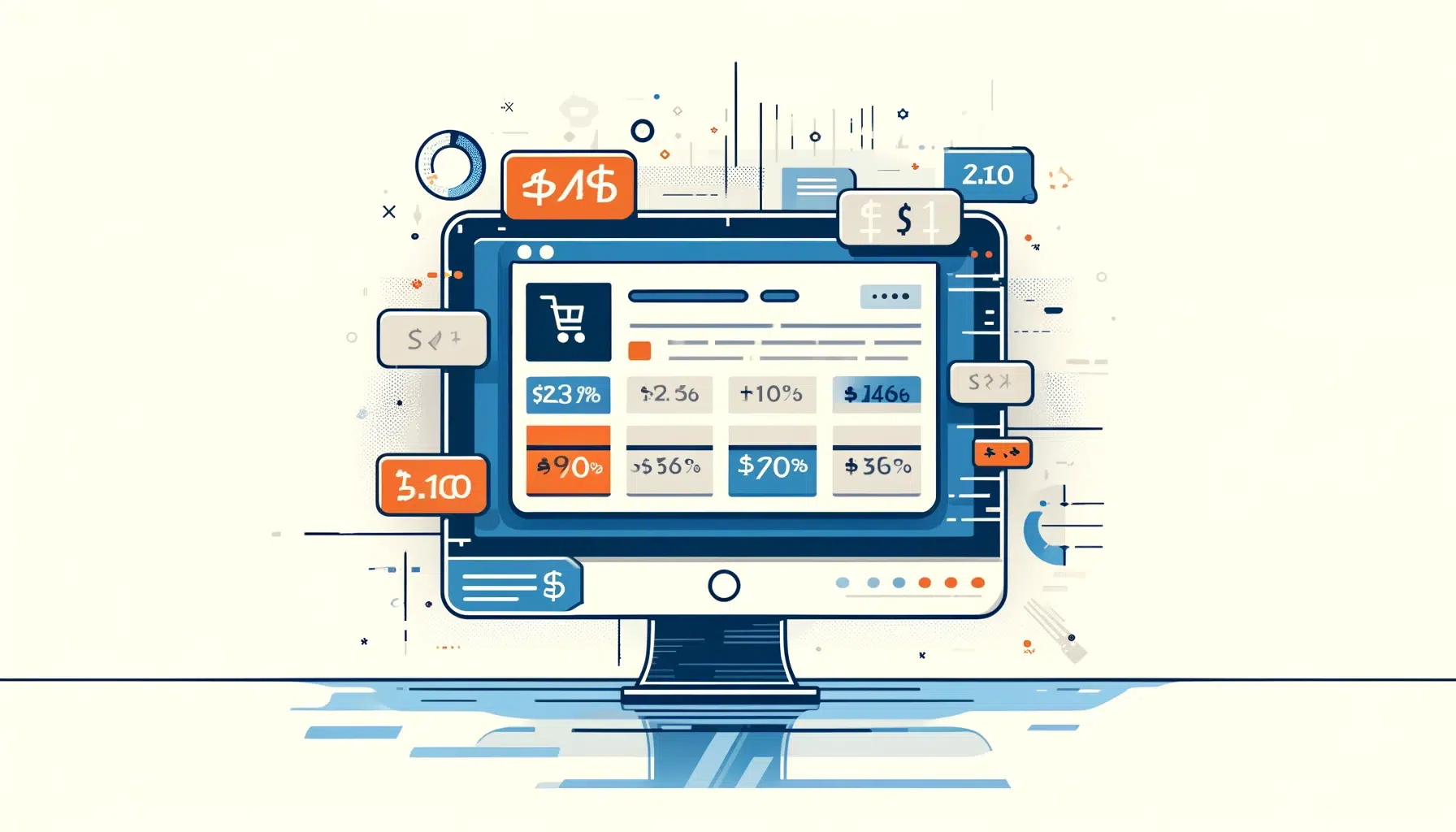Navigating the Delicate Balance Between Profitability and Customer Satisfaction
Product pricing adjustments can be daunting for many business owners, as predicting customer reactions to new prices and their impact on the bottom line is challenging. Price testing, however, could be the solution they seek.
Some entrepreneurs prefer to maintain the same prices that worked in the past, as it seems like the safest choice. However, the rapidly changing online market can affect product prices in various ways, including new competitors, products, production costs, industry regulations, and other factors.
Keep in mind that the determination of prices impacts factors ranging from financial gains to brand image, making it essential to comprehend the appropriate timing and methods for modifying prices. This piece will delve into the appropriate moments for altering the cost of products, the execution of pricing experiments, and the typical errors that should be sidestepped during the procedure.
At what point is it appropriate to modify the pricing of your products?
There is no one-size-fits-all answer to this question, but here are some common reasons businesses adjust their pricing:
Higher costs
Your product costs will likely increase as your business grows. This can result from various factors, such as upgrading your product range or using value-added products to enhance your profit margin. For example, offering a free shoe cleaner with every shoe purchase.
Inflation
Inflation impacts the global economy and can affect your product prices indirectly. For instance, a sudden fuel price increase can raise your transportation costs, decrease customer purchasing power, or cause customers to spend more time researching whether the price is worth it. That’s why choosing the right method for price testing is crucial.
During inflation, it might be better to maintain the same prices or increase them gradually while monitoring future price developments. Sacrificing profit can be a good move if it helps retain customers. Retailers can also use price tracking tools to monitor competitor price changes and position their business accordingly during inflationary periods.
Adjusting prices to competitors
Many business owners change their prices in response to competitor pricing. If your direct competitors offer similar products at lower prices, you may need to adjust your prices, especially if you’re a new or lesser-known brand. People are generally unwilling to pay more for products from unfamiliar brands, so chasing money in this situation may not yield positive results.
It’s essential to monitor your competitors’ prices, as they can provide insights into market dynamics and help you determine appropriate price adjustments.
Performing a Product Pricing Evaluation: The Approach
Choosing the right time is just one factor in successful price testing; your approach to the process is equally important. Here are a few steps to follow for optimal results:
1. Determine your goals
First, identify why you want to change your product prices. Improving profit margins is an acceptable reason, but it shouldn’t be the only one, especially in a highly competitive market. Consider whether a valid reason,such as improving delivery times or accommodating increased transport costs, justifies the price change. Raising prices solely for profit, without added value or a valid reason, often leads to undesirable results.
2. Select comparable product categories for examination
Once you’ve established when and why to change prices, determine which prices to change. Many business owners mistakenly believe that a simple A/B price testing strategy is sufficient, but this method can be risky, as we will discuss later.
Instead, test price changes using similar product groups as a sample. For example, if you need to raise the price of a high-selling product, choose a less popular product from the same group to test customer reactions. If there’s too much negative feedback, it may not be a good time to change the price.
3. Consider various pricing strategies
The pricing strategy you choose will affect the success of your price changes. Some common pricing strategies include cost-plus, competitor-based, dynamic, and value-based pricing. Each approach has its advantages and considerations, so research each method to determine which best suits your needs.
4. Measure results actively
Track your sales statistics on your e-commerce platform to ensure that price testing is effective. Monitor daily sales numbers after implementing price changes to determine whether they have increased or decreased your average sales.
Start with one product group and adjust your strategy if necessary based on customer reactions and their impact on your bottom line.
Common mistakes business owners make when doing product price testing
Avoiding costly mistakes in e-commerce is essential. Here are some common pricing-related mistakes to watch out for:
1. Lowering the price to a minimum
While reducing product prices may lead to more sales, it doesn’t necessarily guarantee higher profits. Instead, consider offering temporary discounts to attract customers without permanently lowering your prices.
2. Straight A/B testing
Although A/B testing may work well for web designers and developers, it can be risky for e-commerce stores, as customers might perceive it as discriminatory and choose not to buy from you.
3. Same margin for each product
Not every product has the same value in customers’ eyes, and its value can change over time. Set your margins based on each product’s value and adjust them as necessary using value-based pricing.
Conclusion
Cost is strongly linked to the perceived value. If you are confident in delivering sufficient value to warrant a higher price, go ahead and raise it. If you think you could earn more by slightly lowering your prices to attract more buyers, decrease them.
Consistently ensure that you have a rationale, blueprint, and pricing tactic prepared when carrying out price experimentation. As you improve your brand and become an industry leader, adjusting your prices will become easier, as others will follow your lead instead of the other way around.




